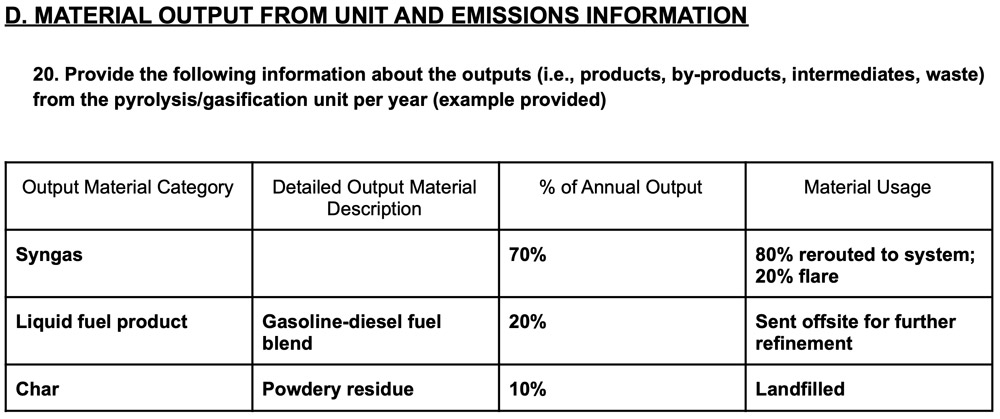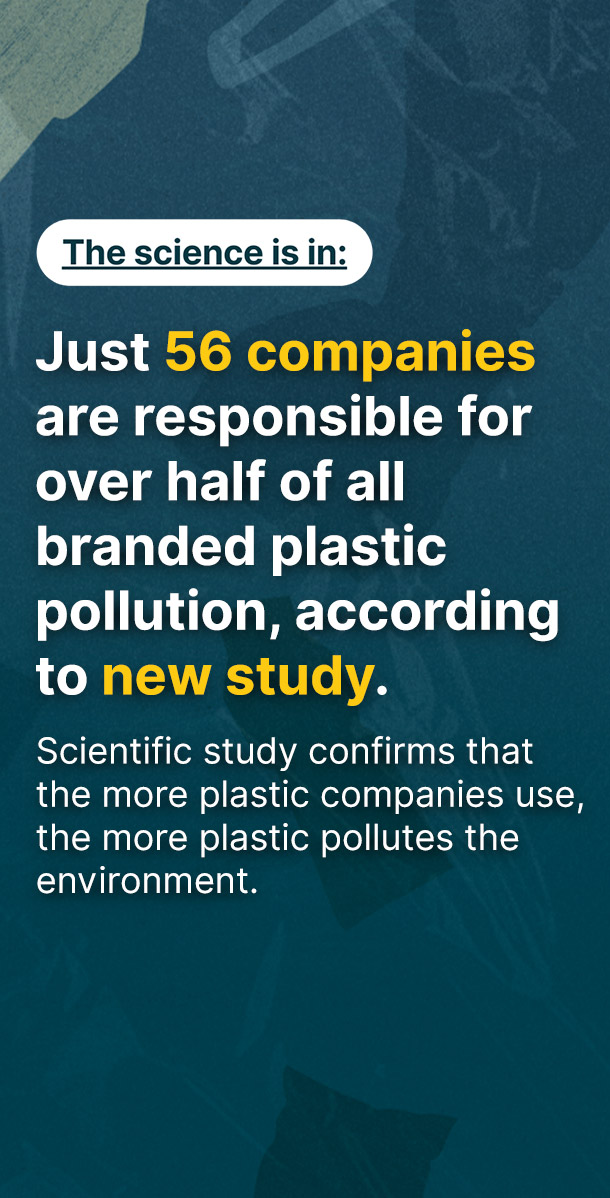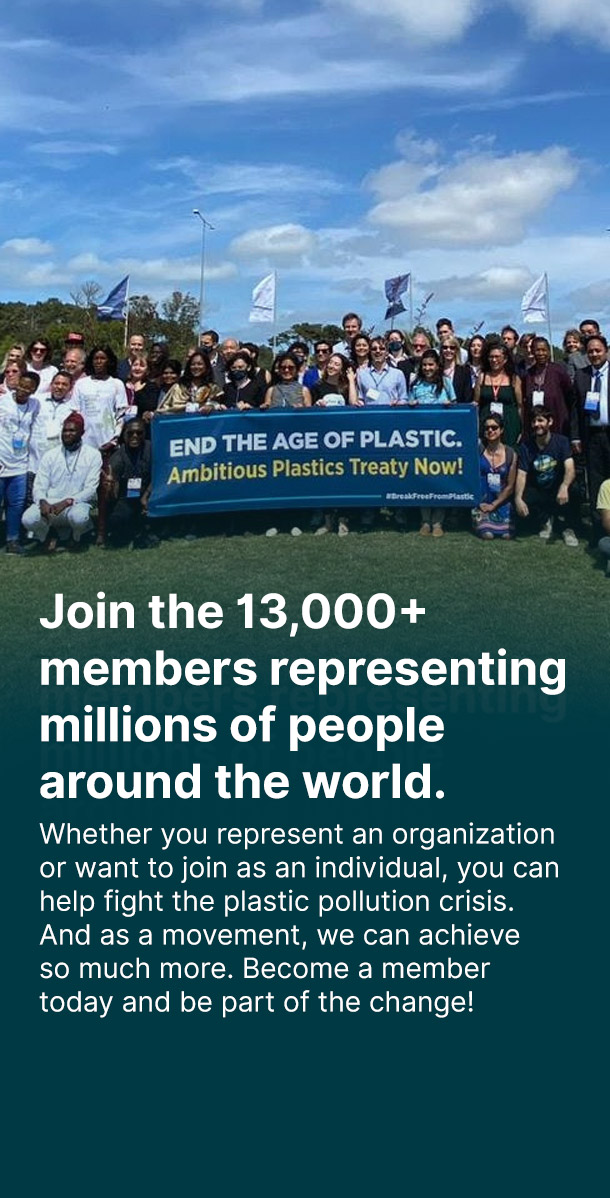With the recent mandate at the United Nations Environment Assembly (UNEA 5.2) to establish an international instrument to negotiate a legally binding treaty that address the full life cycle of plastic, organizations like the American Chemistry Council are sure to double down on industry schemes like so-called “chemical recycling” to distract from the kind of upstream solutions that stop plastic pollution at the source.
We’ve already established that so-called “chemical recycling” is a false solution because turning plastic into fuel is not recycling. It is an energy intensive process with a large carbon footprint, and, no matter what we call it, there is no place for burning plastic in the sustainable future we need.
A new report from the Natural Resources Defense Council (NRDC) fills in more gaps on the threats from “chemical recycling” facilities in the United States. NRDC found that these facilities produce hazardous air pollutants and large quantities of toxic waste. This waste is either stored on site, posing a threat to neighboring communities, or shipped out of state to be incinerated. Further, the majority of facilities are plastic-to-fuel operations and are not capable of creating virgin-like feedstocks from mixed plastic waste, despite industry claims. Predominantly located in low-income communities and communities of color,, these facilities represent yet another example of economic injustice and environmental racism.
So-called “chemical recycling” facilities pose a clear and present threat to public health, and now is the time for EPA to take action to protect people and the planet. Last year, EPA released a “Potential Future Regulation Addressing Pyrolysis and Gasification Units” soliciting public input on incineration technologies that are most frequently applied in plastic-to-fuel and so-called “chemical recycling” schemes.
Comments submitted to EPA by Brightmark, a plastic-to-fuel company that uses pyrolysis, reveal what is actually happening during this process. 70% of the company’s annual output (i.e. syngas) is created by breaking down and burning plastic, which is either burned to power the plant itself, or burned away in flares. (See the snapshot of these comments below).

Snapshot from pg. 17 of Brightmark comments “Response to Draft Survey for Pyrolysis and Gasification Units 2021-12-23” submitted to EPA
This case study illustrates how so-called “chemical recycling” facilities using pyrolysis are really just burning plastic in multiple steps, and spewing greenhouse gasses and harmful air pollution at every step.
The Biden administration recognized the urgency of these issues, stating in one of its first executive orders, “We must listen to science — and act. We must strengthen our clean air and water protections. We must hold polluters accountable for their actions. We must deliver environmental justice in communities all across America.”
We couldn’t agree more. As scores of #breakfreefromplastic members emphasized in their comments to EPA, the Agency has an urgent responsibility to follow its legal mandate under the Clean Air Act and regulate “chemical recycling” facilities as what they really are – incinerators that are disproportionately impacting low-income communities and communities of color.




